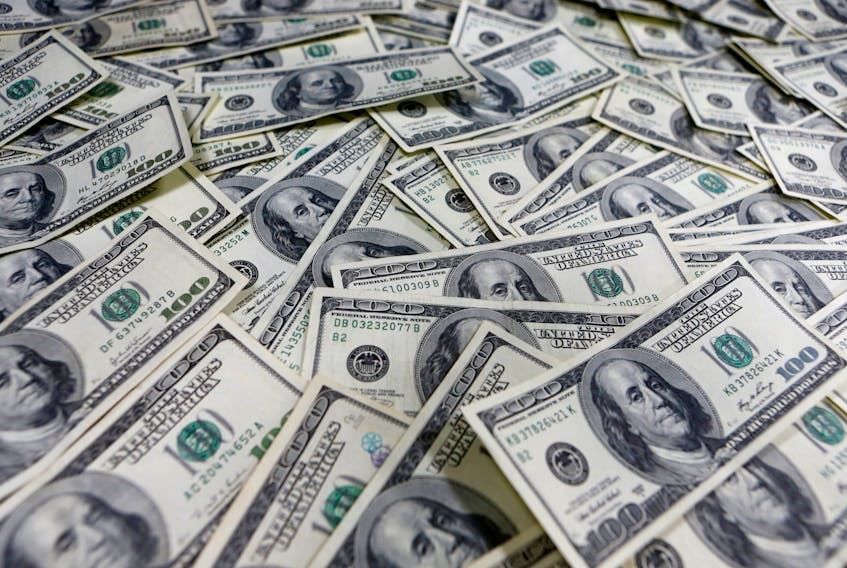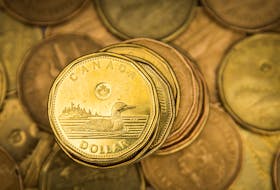By Gertrude Chavez-Dreyfuss
NEW YORK (Reuters) - The dollar advanced on Monday, snapping a week of declines, as investors braced for prolonged uncertainty and governments tightened lockdowns and launched monetary and fiscal measures to fight the coronavirus pandemic.
China's offshore yuan fell after the Chinese central bank cut a key interbank interest rate, while Singapore's central bank aggressively eased monetary policy as well on Monday.
The euro, sterling and Australian dollar were all lower, bringing an end to recent rebounds that followed the Federal Reserve's efforts to calm the safe-haven rush to own the U.S. currency earlier this month.
"You're starting see other central banks being active, with Singapore, for instance, delivering an adjustment to its band," said Edward Moya, senior market strategist at OANDA in New York. "All this follow-through easing around the world is providing a temporary dollar rebound."
Concern about the spreading coronavirus and the economic impact of shutdowns continued to dominate foreign exchange markets, but price moves on Monday were relatively well contained and much smaller than in recent sessions.
"This speaks to the volatility of what's going on," said Marc Chandler, chief market strategist, at Bannockburn Global Forex in New York. "It means people are not making short-term convictions."
In afternoon trading, the dollar index <.DXY> rose 0.8% to 99.09.
Analysts said investors' end-of-month portfolio rebalancing as well as nervousness about the virus was also supporting the dollar.
"The U.S. dollar remains strong relative to the beginning of the month, which further reduced the dollar value of bond and equity markets outside of the U.S.," Barclays said in a research note on portfolio rebalancing at the end of the month.
"However, the still historic fall in U.S. equity prices dominates and drives the model to produce strong USD buying signals across the board," it added.
The euro dropped 0.9% to $1.1037
In the past two weeks, the dollar first posted its biggest weekly rise since the 2008 financial crisis as investors and companies rushed into the world's most liquid currency, then saw its biggest weekly drop since 2009. Signs of funding stress have eased but not abated and hard-dollar cash remains in high demand.
The safe-haven Japanese yen
Total global deaths from the virus are around 36,870 https://coronavirus.jhu.edu/map.html and the United States has emerged as the latest epicenter, with more than 157,810 confirmed cases and 2,910 deaths.
The dollar gained 0.4% versus the offshore Chinese yuan
The Australian dollar dropped sharply before recovering to trade down 0.1% against the greenback at US$0.6158
The rand
(Reporting by Gertrude Chavez-Dreyfuss; Editing by Andrea Ricci and Jonathan Oatis)









